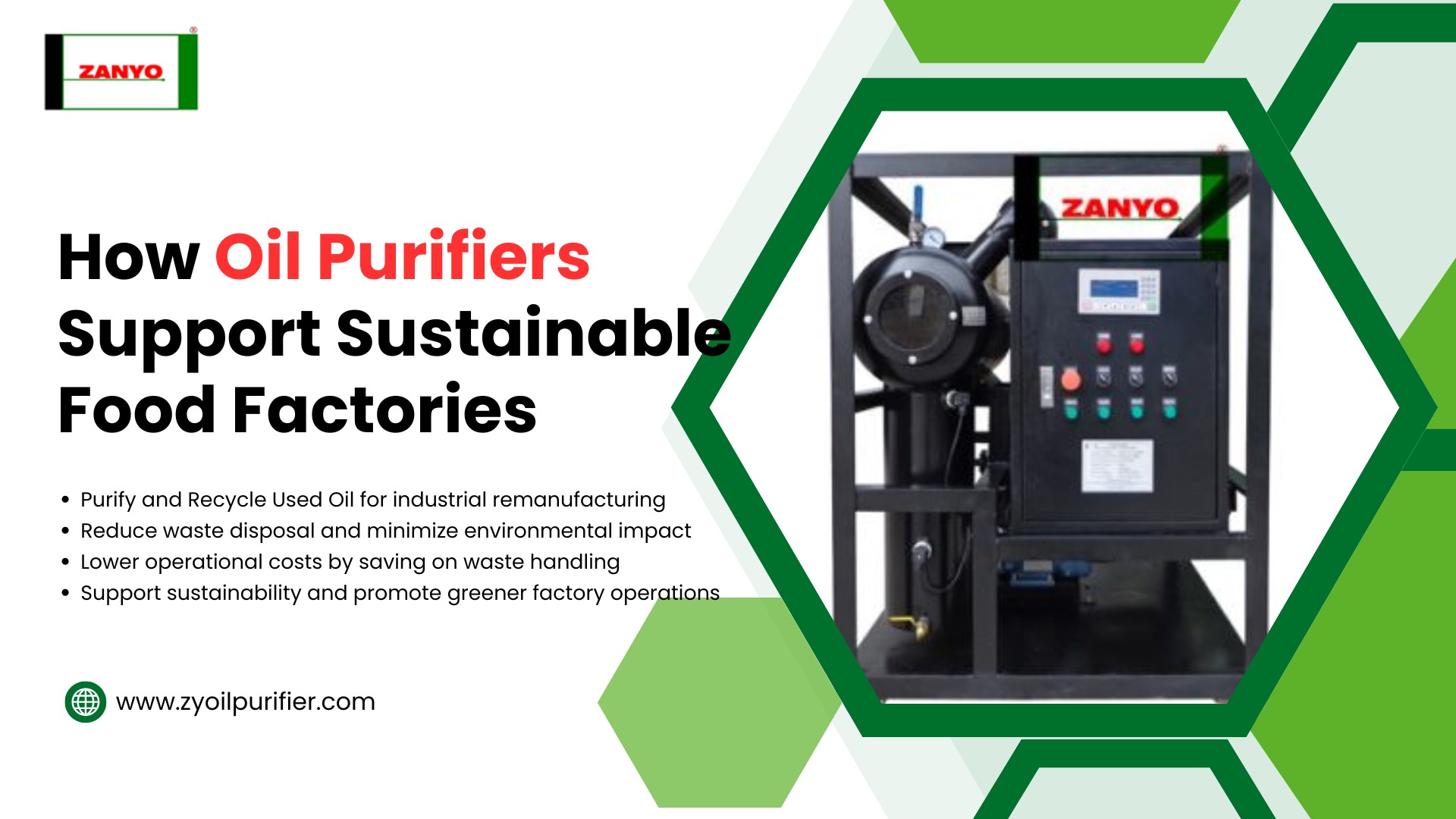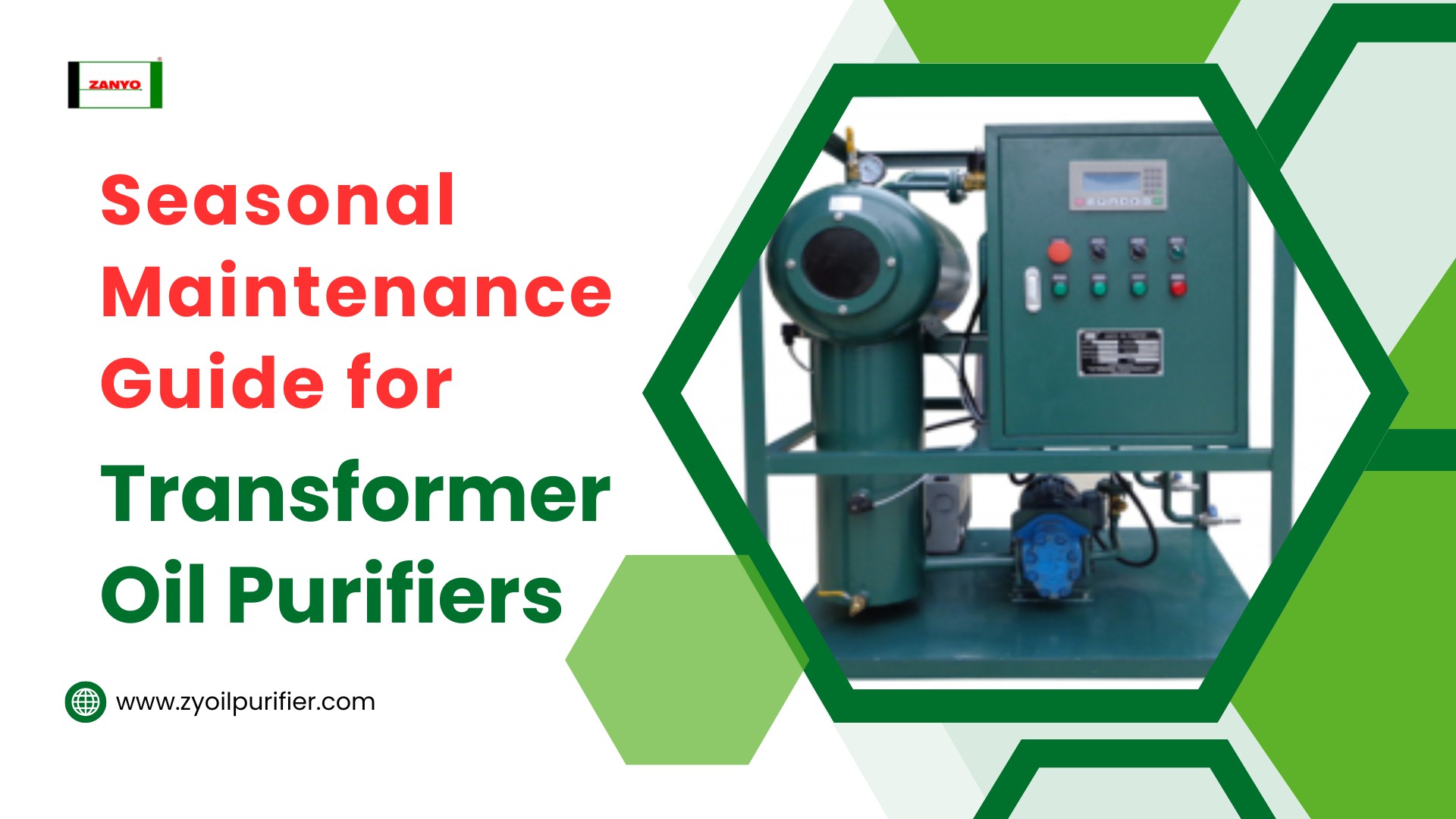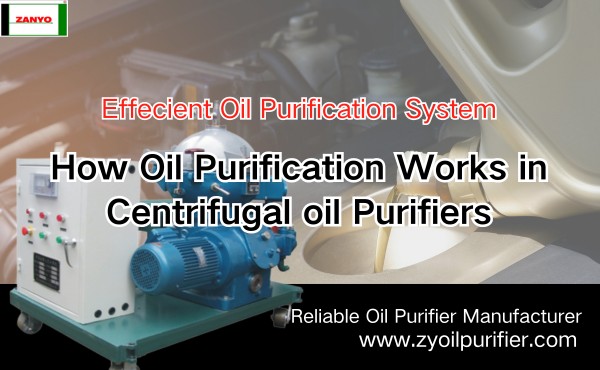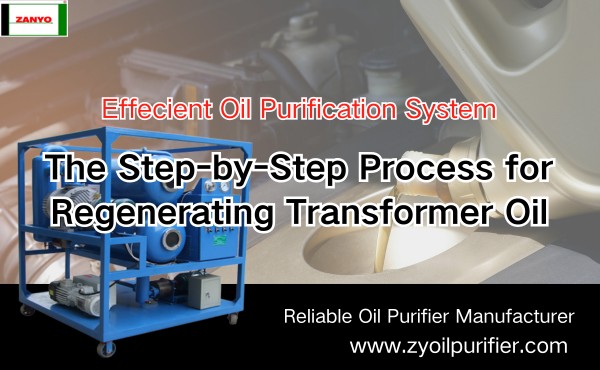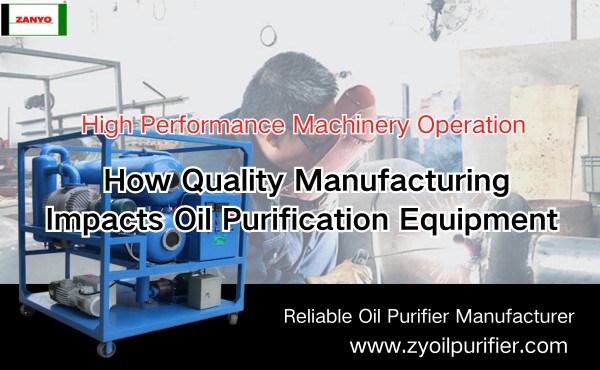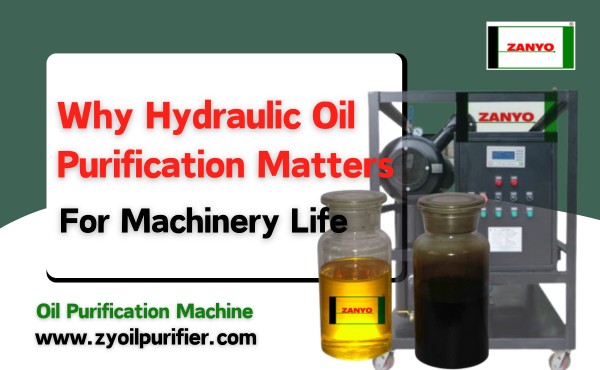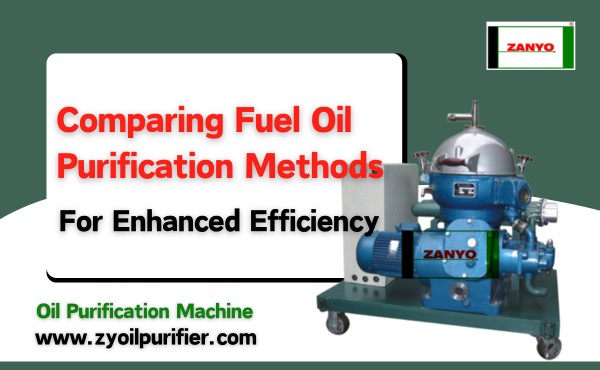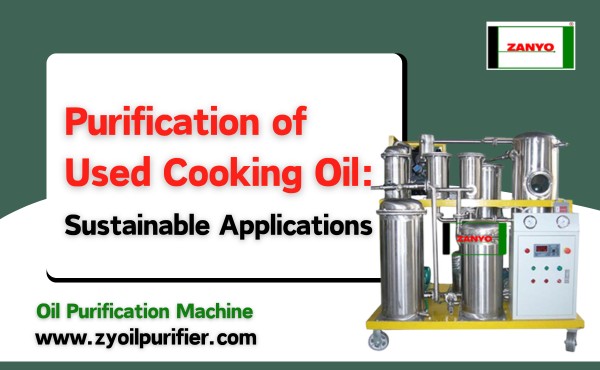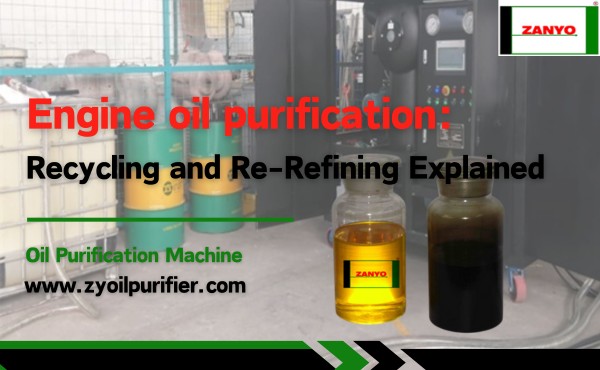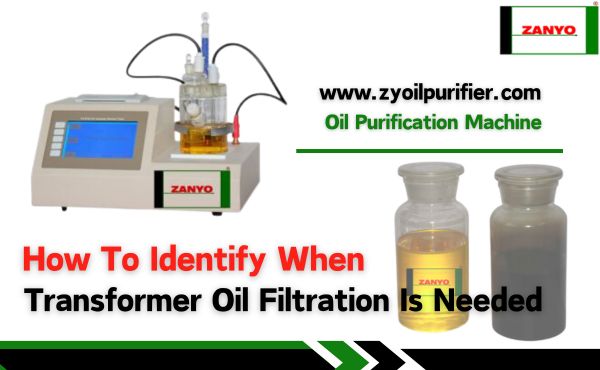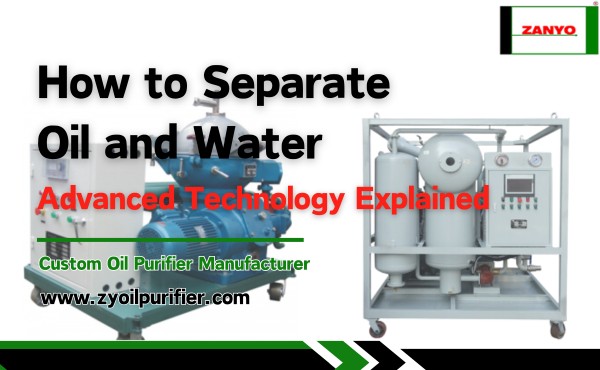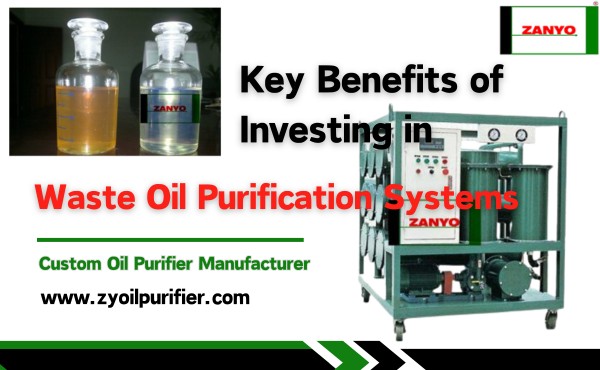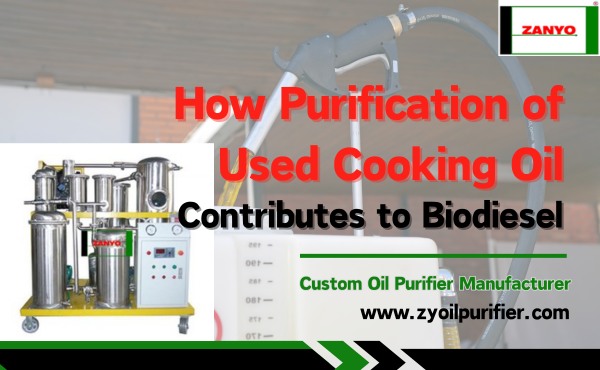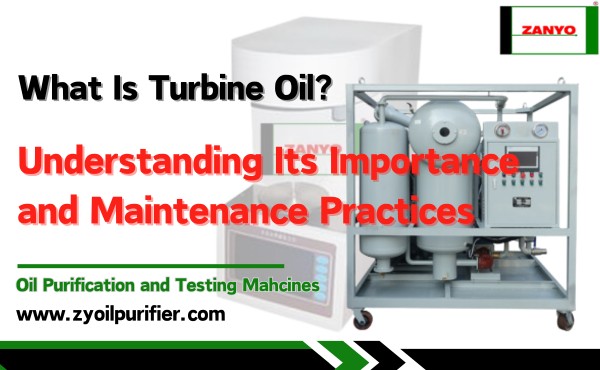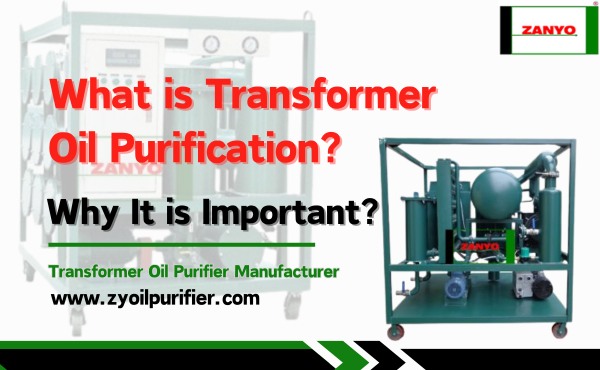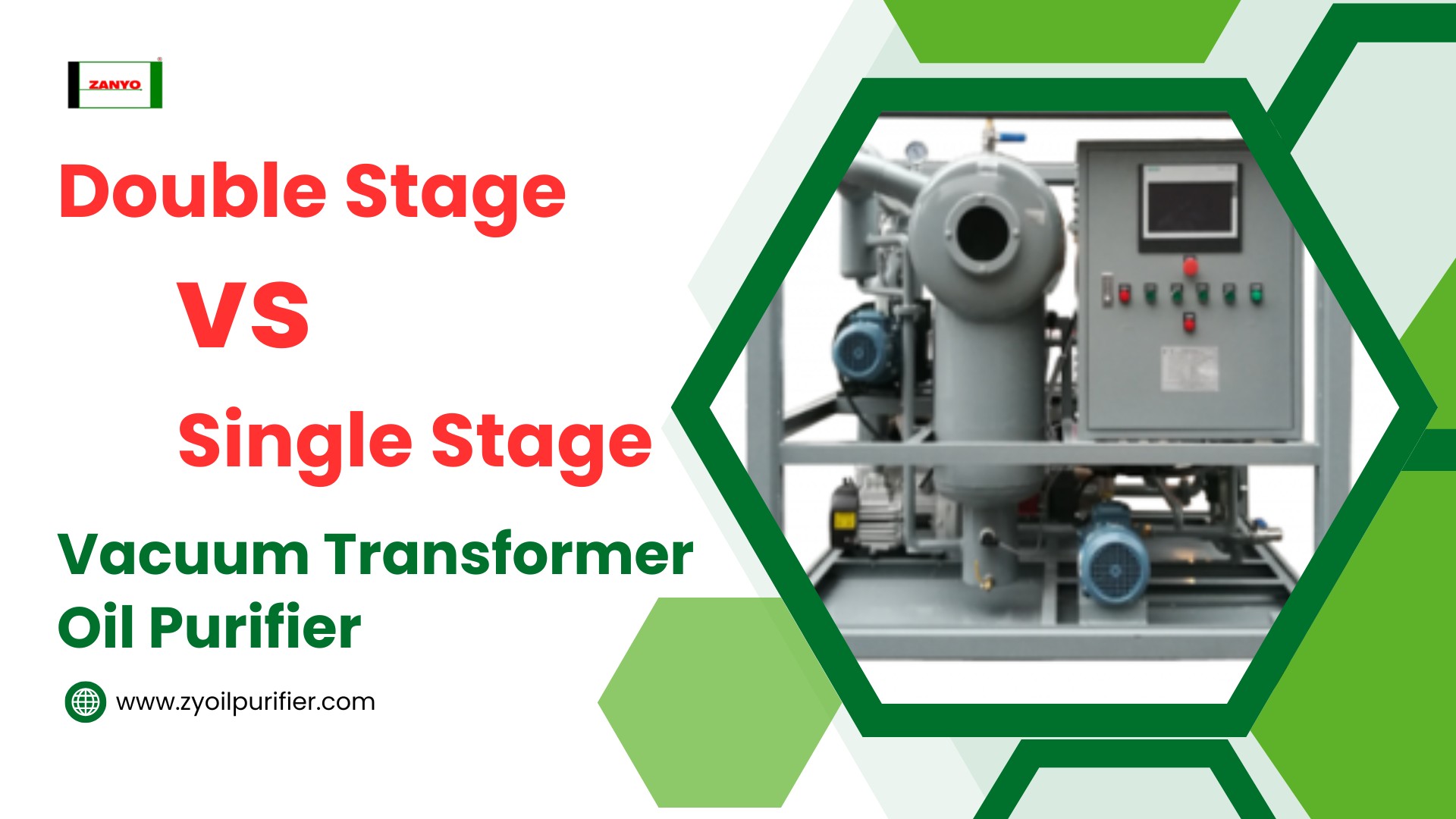Choosing the right transformer oil purifier is essential for maximizing transformer efficiency and extending its lifespan. Single-stage and double-stage vacuum purifiers differ in purification levels, directly affecting moisture removal, gas elimination, and overall oil quality.
Single-stage units are cost-effective and suitable for standard applications, while double-stage units provide superior performance for critical systems. This article highlights the key differences, benefits, and practical applications of both types, helping professionals make informed decisions for reliable transformer operation.
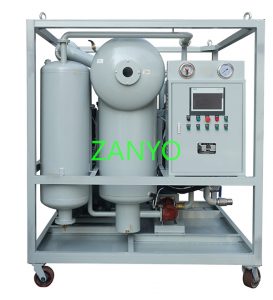
Single-Stage Vacuum Oil Purifier
How Single-Stage Works
A single-stage vacuum oil purifier uses one vacuum chamber to remove moisture and gases from transformer oil. The single-stage vacuum oil purification machine creates a low-pressure environment that helps separate contaminants. Technicians rely on the single-stage vacuum oil purifier for basic dehydration and degassing tasks.
The single-stage vacuum oil filter draws oil into the chamber, where water and air evaporate under vacuum. The machine then collects purified oil for reuse in transformers. Operators monitor the process to ensure proper removal of impurities.
Applications of Single-Stage
Single-stage vacuum oil purifiers work best for routine maintenance of small and medium transformers. Many technicians use the single-stage vacuum oil purification machine for on-site oil treatment. This type of machine suits transformers that do not require deep dehydration.
Power distribution companies often choose single-stage vacuum oil purifiers for regular service. The single-stage vacuum oil purifier handles moderate contamination levels. It provides a cost-effective solution for basic oil purification needs.
Pros and Cons
|
Pros of Single-Stage |
Cons of Single-Stage |
|---|---|
| Simple operation | Lower dehydration efficiency |
| Affordable | Limited degassing capability |
| Easy maintenance | Not suitable for large transformers |
The single-stage vacuum oil purifier offers quick setup and straightforward controls. Many users appreciate the low maintenance requirements. However, the single-stage vacuum oil purification machine may not meet the demands of high-voltage or sealed transformers.
Double Stage Vacuum Oil Purifier
How Double-Stage Works
A double stage vacuum oil purifier uses two vacuum pumps and a Roots pump to create a higher vacuum level. The double-stage system pulls transformer oil through two separate chambers. Each chamber removes moisture and gases more effectively than a single-stage unit. The double-stage vacuum oil purification machine achieves deeper dehydration and degassing. The two-stage vacuum oil filter ensures that the oil reaches strict quality standards for insulation.
Double-Stage Applications
Technicians use double stage vacuum purifiers for large power transformers and sealed transformer installations. The double-stage vacuum oil purifier handles high-voltage equipment and critical maintenance tasks. Many power plants rely on double-stage systems for installation and repair work. The double-stage vacuum oil purification machine supports both on-site and factory oil treatment. Operators choose double-stage units for transformers that require deep dehydration and high purity.
- Large transformer maintenance
- Sealed transformer oil treatment
- High-voltage equipment installation
- Factory and substation oil purification
Double-Stage Pros and Cons
|
Pros of Double-Stage |
Cons of Double-Stage |
|---|---|
| Superior dehydration efficiency | Higher initial cost |
| Excellent degassing capability | More complex maintenance |
| Suitable for critical applications | Larger and heavier equipment |
| Meets strict oil quality standards | Requires skilled operators |
The double-stage vacuum oil purifier provides better results for demanding transformer jobs. Double-stage systems remove more moisture and gases, which protects transformer insulation. Operators must consider the higher cost and maintenance needs. Double-stage units offer the best choice for large or sealed transformers.
Single-Stage vs Double-Stage: Key Differences
Filtration Accuracy
Filtration accuracy measures how well a purifier removes impurities from transformer oil. Single-stage units can remove basic moisture and gases, but some impurities may remain. Double stage vacuum purifiers achieve higher accuracy by using two vacuum chambers, which extract more water, gases, and fine impurities.
Processing Speed
Processing speed affects how quickly a machine can treat transformer oil. Single-stage purifiers often work faster for small jobs because of their simple design. Double stage vacuum purifiers may process oil more slowly, but they remove more impurities in each cycle, which leads to better results for large transformers.
|
Purifier Type |
Typical Processing Speed |
Best Use Case |
|---|---|---|
| Single-Stage | Faster for small jobs | Routine maintenance |
| Double Stage Vacuum | Slower, more thorough | Deep purification, large jobs |
Maintenance Complexity
Maintenance complexity depends on the number of components and the level of technical skill required. Single-stage purifiers have fewer parts, so technicians can maintain them with basic skills. Double stage vacuum purifiers use extra pumps and chambers, which means more complex maintenance and higher technical requirements.
Suitability for Transformer Types
Single-stage purifiers work best for unsealed or small transformers that do not need deep dehydration. Double stage vacuum purifiers suit sealed and high-voltage transformers, where removing every trace of moisture and impurities is critical. Operators choose the right machine based on transformer size, oil condition, and the level of purification needed.
- Single-stage: Best for unsealed, small, or medium transformers.
- Double stage vacuum: Ideal for sealed, large, or high-voltage transformers.
Choosing the Right Purifier
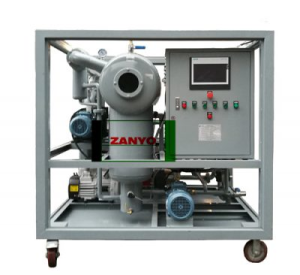
Assess Transformer Size
Technicians must match the purifier to the transformer size. Large transformers hold more oil and need deeper purification. Double-stage vacuum purifiers handle high oil volumes and deliver better dehydration.
Small and medium transformers often work well with single-stage purifiers. These units process less oil and require less power. Operators should check the oil capacity before choosing a machine.
Oil Condition Considerations
The condition of the transformer oil affects the choice of purifier. Oil with high moisture or gas content needs a double-stage vacuum purifier. This type removes more contaminants and restores oil quality.
If the oil shows only light contamination, a single-stage purifier may be enough. Technicians should test the oil for water, gas, and particles. Accurate testing helps prevent under- or over-purification.
|
Oil Condition |
Recommended Purifier |
|---|---|
| Heavy contamination | Double-stage vacuum |
| Light contamination | Single-stage vacuum |
| Unknown condition | Test first, then decide |
Operational Needs
Operators should consider how often they will use the purifier. Frequent or critical maintenance jobs benefit from double-stage units. These machines offer higher efficiency and reliability.
Single-stage purifiers suit occasional or routine service. They are easier to move and require less training. Teams should also think about available space, power supply, and operator skill level.
Common Purifier Mistakes
Overestimating Single-Stage
Many technicians believe single-stage vacuum oil purifiers can handle every transformer job. This belief often leads to poor oil quality in high-voltage or sealed transformers. Single-stage machines cannot remove deep moisture or gases as effectively as double-stage units.
Operators sometimes use single-stage purifiers for large transformers. This mistake can cause incomplete dehydration and leave contaminants in the oil. Teams should always match the purifier to the transformer’s requirements.
Common signs of overestimating single-stage:
- Using single-stage for sealed transformers
- Expecting high purity from basic machines
- Ignoring oil test results
Underusing Double-Stage
Some teams avoid double-stage vacuum purifiers because they seem complex or expensive. They may choose single-stage units for convenience, but this decision can risk transformer safety. Double-stage purifiers offer better results for demanding jobs.
Technicians sometimes skip double-stage machines during installation or major repairs. This choice can lead to moisture and gas remaining in the oil. Transformers may suffer from reduced insulation strength.
|
Situation |
Recommended Action |
|---|---|
| Large transformer repair | Use double-stage purifier |
| High-voltage installation | Choose double-stage unit |
| Deep oil contamination | Select double-stage system |
Single-stage and double-stage vacuum oil purifiers both play important roles in transformer oil maintenance. Single-stage units work well for small transformers and light contamination. Double-stage systems handle large transformers and deep cleaning of transformer oil.
Technicians should always match the purifier to the transformer oil volume and the level of contamination. Double-stage purifiers remove impurities more effectively from transformer oil, especially in high-voltage or sealed systems. Single-stage purifiers suit routine jobs where transformer oil does not need deep dehydration.
- Review transformer oil condition before choosing equipment.
- Check transformer oil capacity and voltage rating.
- Consult with experts to select the best purifier for transformer oil maintenance.
Conclusion
Selecting the right vacuum transformer oil purifier—single-stage or double-stage—directly affects transformer performance, reliability, and lifespan. Single-stage purifiers suit cost-sensitive, standard applications, while double-stage purifiers excel in removing moisture, gases, and contaminants for critical or high-voltage systems.
Understanding each type’s advantages and limitations helps professionals make informed decisions. Choosing the right purifier ensures optimal transformer efficiency, lowers maintenance costs, and maintains a stable, reliable power supply.

